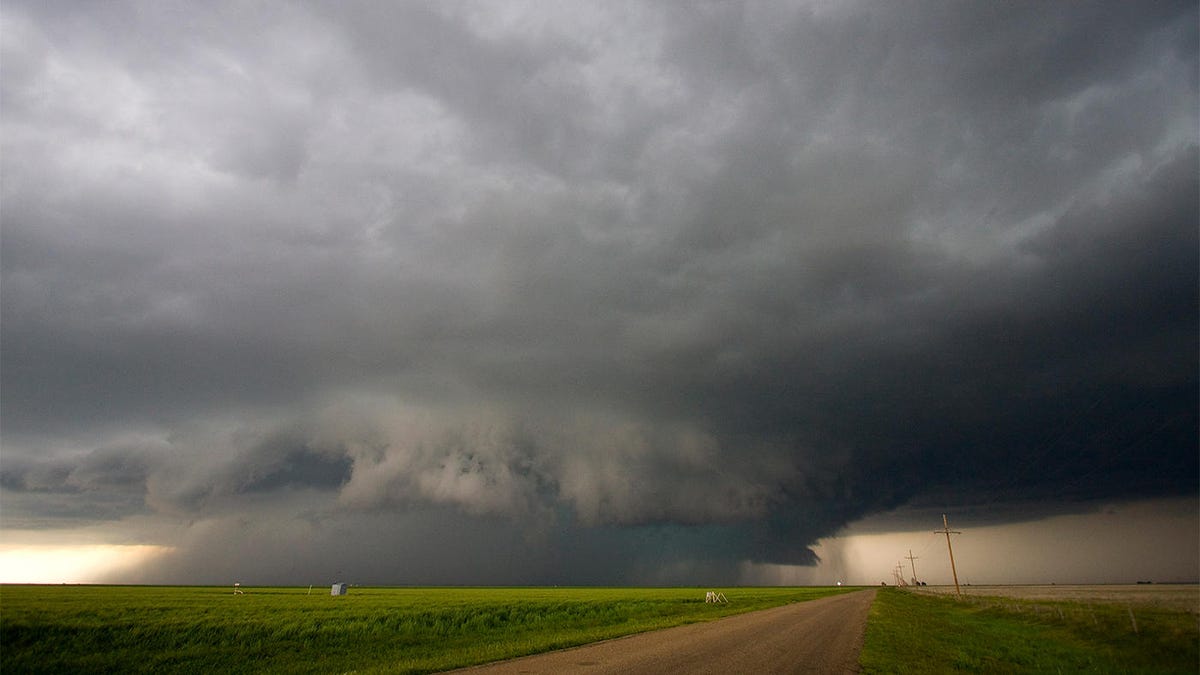NASA shrinks weather satellites way down to better see inside storms
RainCube, a satellite small enough to fit into a backpack, is sending radar signals into storms in hopes of giving you a better weather reading.

Storms, it seems, are getting bigger, but the tools that track them are getting smaller.
NASA is testing tiny satellites about the size of a shoebox to monitor global storms, and it's seeing promising early results.
The RainCube flight system, with its solar panels and radar antenna deployed.
With the RainCube (Radar in a CubeSat), NASA's Jet Propulsion Laboratory wants to see whether smaller satellites can deliver more comprehensive weather data faster, and at a lower cost.
The idea is that mini-satellites that fly together like geese can give more frequent real-time looks inside storms, and thus track the movement of rain, snow, sleet and hail more accurately.
"We actually will end up doing much more interesting insightful science with a constellation rather than with just one of them," Graeme Stephens, director of the Center for Climate Sciences at NASA's Jet Propulsion Laboratory in Pasadena, California, said in a statement. "What we're learning in Earth sciences is that space and time coverage is more important than having a really expensive satellite instrument that just does one thing."
RainCube weighs about 26 pounds (12 kilograms). Its umbrella-like 1.6-foot (50-centimeter) antenna sends out specialized radar signals into a storm's layers. The signals bounce off raindrops and send back a snapshot from inside the weather whirl. Radar systems are known to be large, but JPL engineers were able to reduce the size and mass to fit one into a CubeSat, a class of nanosatellites. The smaller radar payload also consumes less power.
NASA first deployed the RainCube from the International Space Station in July for a two-month test mission, and on Tuesday NASA shared that it successfully sent back its first images of a storm over Mexico in August. This month, its second wave of images caught the first rainfall of Hurricane Florence.
"There's a plethora of ground-based experiments that have provided an enormous amount of information, and that's why our weather forecasts nowadays are not that bad," said Simone Tanelli, a researcher at NASA's Jet Propulsion Laboratory and co-investigator for RainCube.
"But they don't provide a global view. Also, there are weather satellites that provide such a global view, but what they are not telling you is what's happening inside the storm. And that's where the processes that make a storm grow and/or decay happen."
Crowd Control: A crowdsourced science fiction novel written entirely by CNET readers.
Taking It to Extremes: Mix insane situations -- erupting volcanoes, nuclear meltdowns, 30-foot waves -- with everyday tech.

